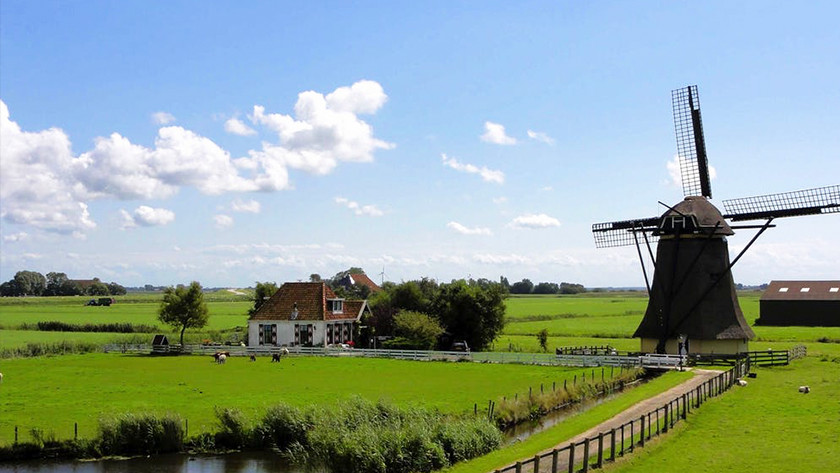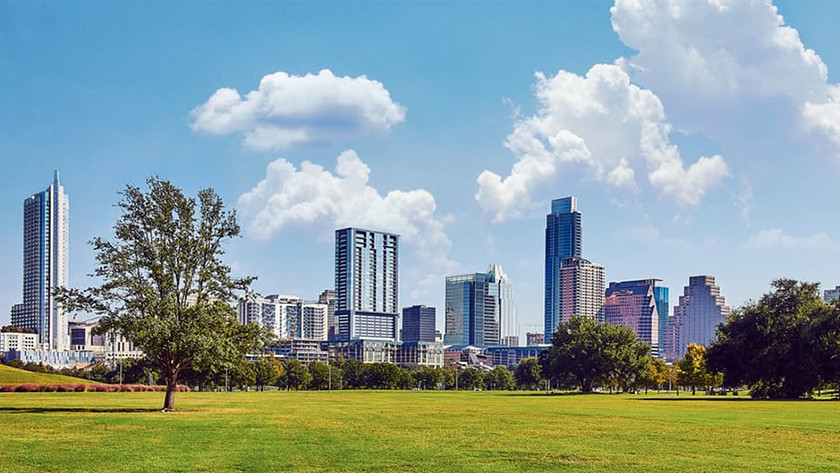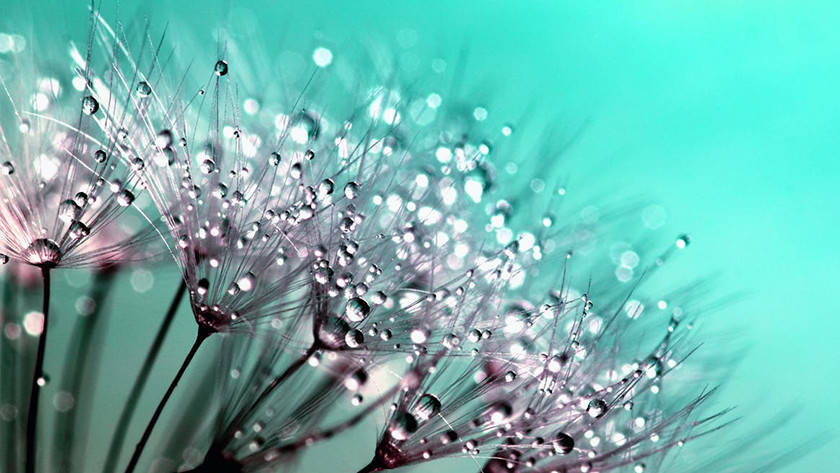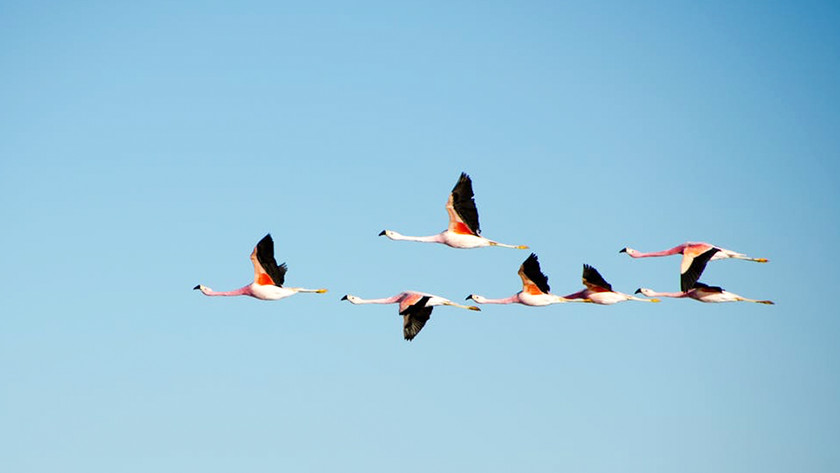Which lens type do you need?
All-round lenses

All-round lenses have variable focal length, which means you can zoom with them. This allows you to use them in various situations. On a day out, you'll use them to photograph a landscape or building one moment, and a detail far away in the distance next. That means that with an all-round lens, you've got the best of both worlds. Another advantage of all-round lenses is that they're compact and light, allowing you to take them with you easily.
Wide-angle lenses

With a wide-angle lens, you'll photograph cities, nature, and interior. As the name implies, this is a lens with a wide viewing angle. The focal length is between 10mm and 35mm, which gives these lenses a wide viewing angle, so a lot will fit in the frame. A wide-angle lens might distort your subject: for example, straight lines may look bent. This is easily corrected in post-processing.
Macro lenses

Ever seen a photo of a magnified fly? It was probably taken with a macro lens. Macro lenses allow you to magnify an object, so it appears huge in the photo. These lenses are mostly suitable for close-ups. You can also use this type of lens to take close-ups of a model. If you focus on an eye, the eyelashes will be blurred in the image. This way, you can create a dreamy effect.
Portrait lenses

There are various lenses you can use for portrait photography. Lenses with a fixed focal length have high optical quality and are preferred over lenses with variable focal lengths. Because there are no moving glass elements in the lens, this lens is good at focusing. Light sensitive lenses are often used for portrait photography, because they cause the background to appear blurry in the photo. This highlights the model, drawing extra attention to details and emotion in the face.
Telephoto zoom lenses

You've probably seen a telephoto lens at sports games on television. This lens is often used during soccer games or in nature. In these situations, the object is far away and you need a lens with a large optical range. A telephoto lens brings your object closer so you can capture it sharply. This type of lens is large and heavy. It's recommended to use a tripod.
Fisheye lenses

A fisheye lens creates distortion on purpose. Imagine you're looking at a reflection in a traffic mirror or through a looking hole on a door. Everything looks convex. That effect is created with a fisheye lens. Photographers often use this lens at parties, when traveling, or when photographing various kinds of sports. A fisheye lens allows you to experiment with unique perspectives.

